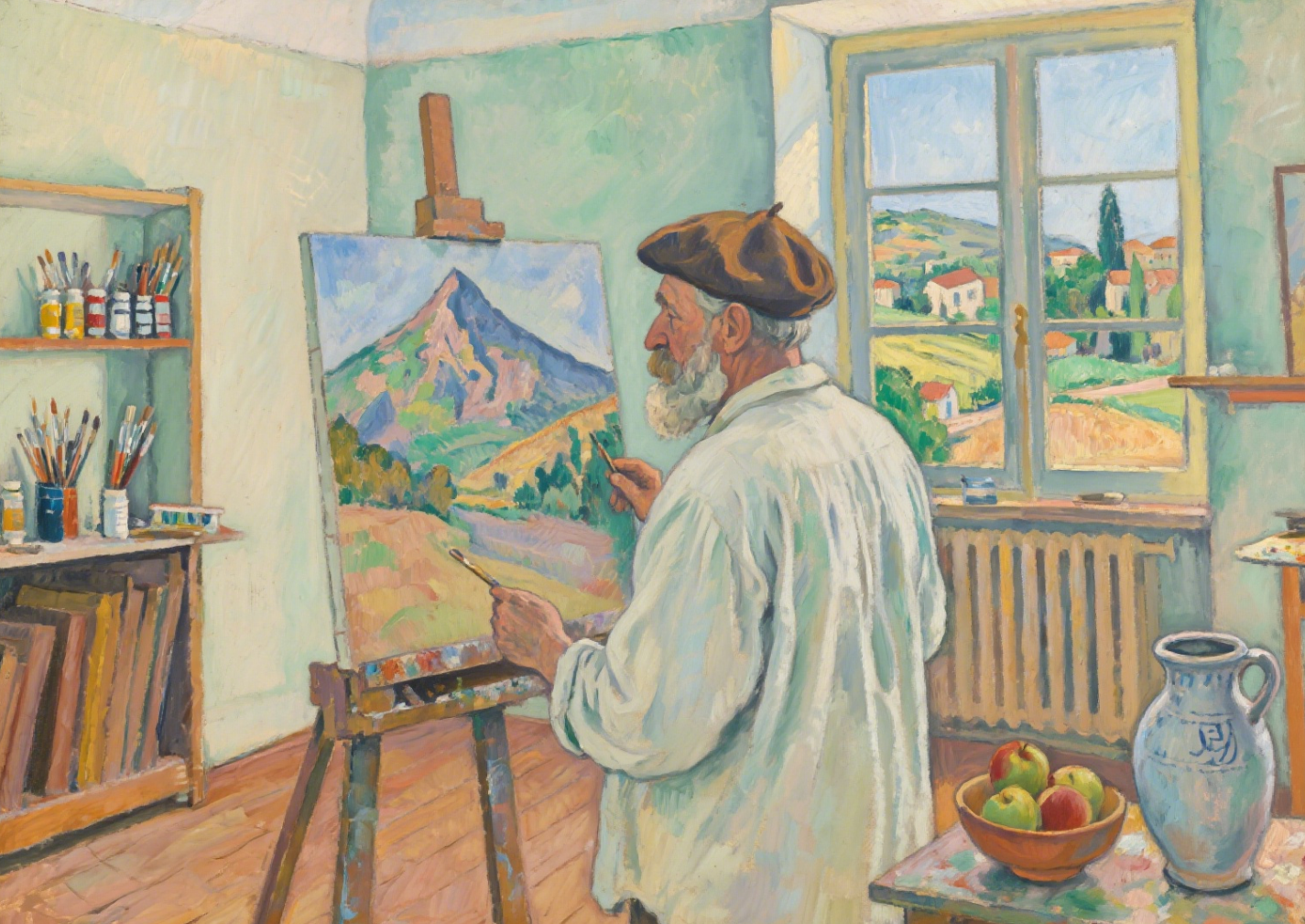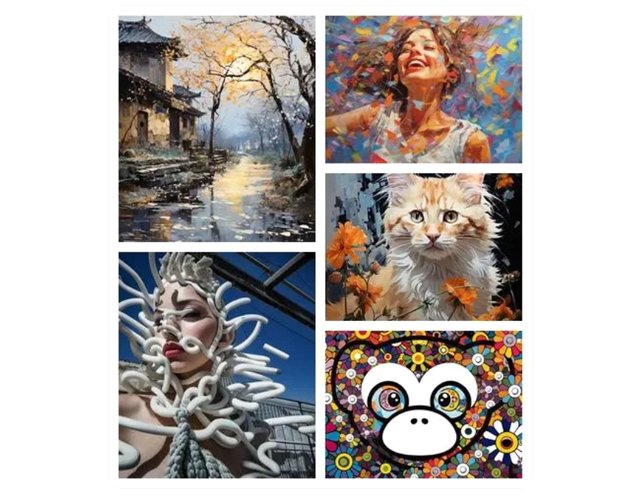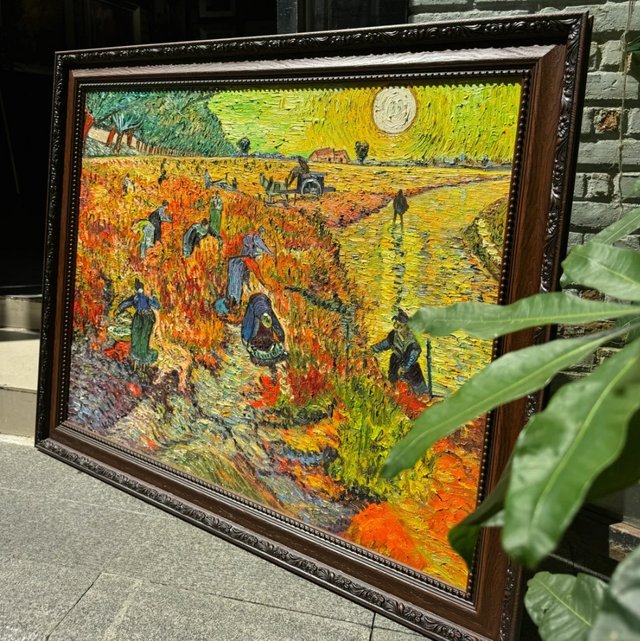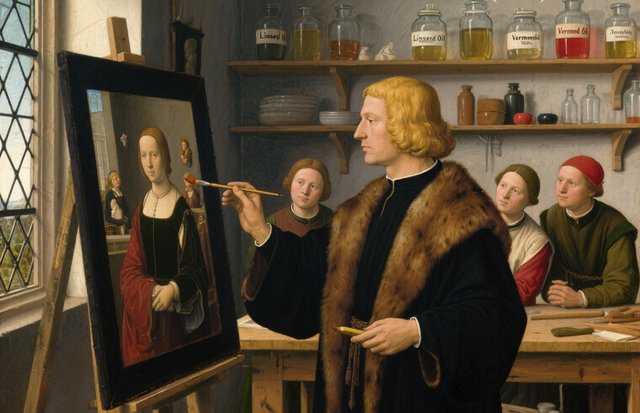Post-Impressionism History & Famous Artists: Revolution in Oil Painting

Post-Impressionism: A Defining Chapter in Oil painting History
The Genesis: Rejecting Impressionism’s Limits
Emerging in the 1880s, Post-Impressionism arose as a deliberate counter to Impressionism’s fixation on fleeting light and surface appearances. While Impressionists sought to capture moments objectively, Post-Impressionist painters prioritized subjective interpretation, infusing their work with emotional depth and intentional structure. This shift wasn’t a unified movement but a collective rebellion, uniting Artists who shared a desire to redefine oil painting as a tool for personal expression. By the early 1900s, their innovations had laid the groundwork for modern art.
Core Tenets: Beyond the Visual Impression
Post-Impressionism’s strength lay in its diversity, yet key principles bound its practitioners. Bold, unblended colors replaced Impressionism’s soft hues, using contrast to evoke mood. Distinct brushwork—from Van Gogh’s swirling strokes to Seurat’s precise dots—became a language of emotion. Artists manipulated form and perspective, often simplifying or exaggerating shapes to emphasize meaning over realism. These choices turned oil painting into a medium of narrative, symbolism, and psychological insight, rather than mere representation.
Pioneering Artists: Architects of a New Vision
Paul Cézanne (1839–1906): The Architect of Form
Cézanne’s work bridges 19th-century tradition and 20th-century innovation. His The Card Players (1890–1895) exemplifies his obsession with geometric structure, breaking figures and objects into spheres, cones, and cylinders. He layered oil paints to build texture, creating depth through color modulation rather than linear perspective. Picasso later called him “the father of us all,” as his focus on underlying form directly inspired Cubism.
Vincent van Gogh (1853–1890): Emotion in Every Stroke
Van Gogh’s brief career redefined oil painting as a vessel for raw feeling. The Starry Night (1889) uses turbulent, thickly applied paint (impasto) to render the sky as a whirlwind of emotion, while his Irises (1889) employs vibrant purples and greens to convey hope. He rejected naturalistic color, instead using hues to mirror his inner state—sunflowers glow with vitality, night scenes simmer with tension. His work proved oil paint could transcend visual replication to become a direct expression of the human spirit.
Paul Gauguin (1848–1903): Symbolism and the “Primitive”
Gauguin abandoned European conventions, drawn to the simplicity of non-Western art. His Tahitian Women on the Beach (1891) uses flat planes of color and stylized figures to depict an idealized, pre-industrial world. He viewed oil painting as a means to explore universal themes—love, spirituality, mortality—through symbolism, as seen in The Yellow Christ (1889), where a golden crucifix merges Christian iconography with Breton folklore. His work challenged assumptions about “civilized” art, expanding oil painting’s cultural scope.
Innovators Beyond the Spotlight
Georges Seurat (1859–1891) revolutionized technique with Pointillism, using tiny, separate color dots that blend optically at a distance in A Sunday Afternoon on the Island of La Grande Jatte (1884–1886). Henri de Toulouse-Lautrec (1864–1901) captured Parisian nightlife with sharp lines and acidic colors, his Moulin Rouge: La Goulue (1891) immortalizing the era’s energy. These artists, though less celebrated, expanded Post-Impressionism’s experimental spirit.
Impact: Catalyzing Modern Art
Post-Impressionism’s rejection of realism cleared the path for 20th-century movements. Cézanne’s form-driven approach birthed Cubism; Van Gogh’s emotional color influenced Expressionism; Gauguin’s symbolism paved the way for Surrealism. Even today, contemporary oil painters cite its emphasis on individual vision as a foundational principle. It proved that art’s value lies not in accuracy, but in the artist’s unique lens.
| Artist | Masterwork | Technical Innovation |
|---|---|---|
| Paul Cézanne | Mont Sainte-Victoire | Layered brushwork for structural depth |
| Vincent van Gogh | Sunflowers (1888) | Impasto technique for textural emotion |
| Paul Gauguin | Where Do We Come From? | Flat color planes and symbolic narrative |
| Georges Seurat | La Grande Jatte | Pointillism for optical blending |
The Enduring Legacy in Oil Painting
Post-Impressionism remains a touchstone because it redefined oil painting as a living, evolving medium. By prioritizing subjectivity over tradition, its artists proved that creativity thrives in rebellion. Their works—vibrant, intentional, unapologetically human—continue to resonate, reminding us that great art doesn’t just reflect the world; it reshapes how we see it.




